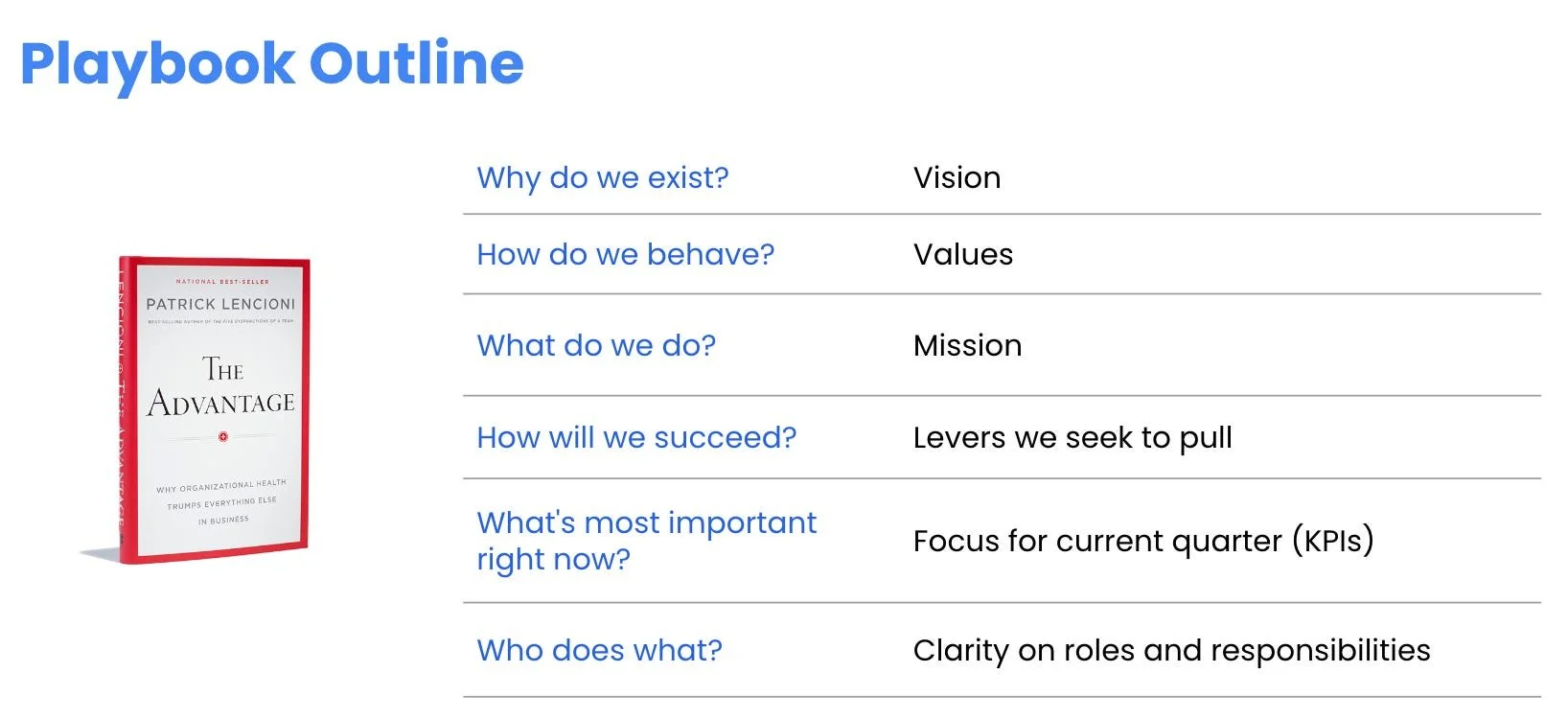Good onboarding = faster impact
As a 2x Chief of Staff in high-growth organizations, I’ve had the privilege of onboarding new executives and crafting onboarding plans from scratch. Through these experiences, I’ve seen firsthand how the success of a new hire is often determined long before they tackle their first major project. Effective onboarding is not merely a procedural formality; it’s a strategic necessity that significantly impacts an organization’s success. Don’t assume the work ends once you make the offer; the real work begins when the new hire joins, and it’s your responsibility to design a proper onboarding plan.
Why onboarding matters
Reduces Turnover Costs. Employee turnover is costly, often reaching up to 150% of the departing employee's salary when considering recruitment, training, and lost productivity expenses. A well-structured onboarding program can mitigate these costs by improving employee retention. And if 30% of new hires depart within 90 days, these costs are real.
Accelerates Impact. Organizations with reliable onboarding processes experience a 60% faster time-to-productivity among new hires. By providing clear guidance and resources from the outset, employees can contribute effectively in less time.
Enhances Employee Engagement. A structured onboarding experience leads to higher employee engagement, with 54% of companies reporting improved engagement levels. Engaged employees are more committed, motivated, and likely to perform at higher levels.
Clarifies Role Expectations = Satisfaction. Effective onboarding ensures that new hires have a clear understanding of their roles and responsibilities, reducing confusion and enhancing job satisfaction. Employees who comprehend their roles are 14 times more likely to feel satisfied in their positions.
Strengthens Organizational Culture. Onboarding is a prime opportunity to immerse new employees in the company's culture, values, and norms. This cultural alignment fosters a sense of belonging and loyalty, which is crucial for long-term retention.
Many organization fail to onboard well
Companies often fail to onboard well because to doing so takes time (which many organizations don’t have) and also requires them to have done a lot of important work upfront (like defining KPIs) which requires more time they don’t have, and so on and so forth. So the default is that a new hire can just jump in and learn by doing or observation. But that’s not an effective strategy. The lack of guidance, clarity and focus can be overwhelming and distracting, and limits the benefits of a strong onboarding plan.
What does “good” look like?
Develop a Structured Onboarding Plan. Outline a comprehensive program that includes timelines, objectives, and responsible parties. What does the new hire need to know when?
Assign Mentors or Buddies. Pair new hires with experienced employees to provide guidance, answer questions, and facilitate social integration. This is usually someone that is not their manager, or direct report.
Set Clear Performance Expectations. Communicate job responsibilities, performance metrics, and goals from the beginning.
Create a Playbook. A resource that is in fact beneficial to all people, not just new additions given it’s clarity and emphasize on what’s most important.
Foster Early Engagement. Encourage participation in team activities and provide opportunities for new hires to contribute ideas.
Solicit Feedback. Regularly seek input from new employees to identify areas for improvement in the onboarding process.
Investing in a robust onboarding program is not just beneficial—it's imperative. By implementing effective onboarding strategies, organizations can enhance employee satisfaction, boost productivity, and secure long-term success.
